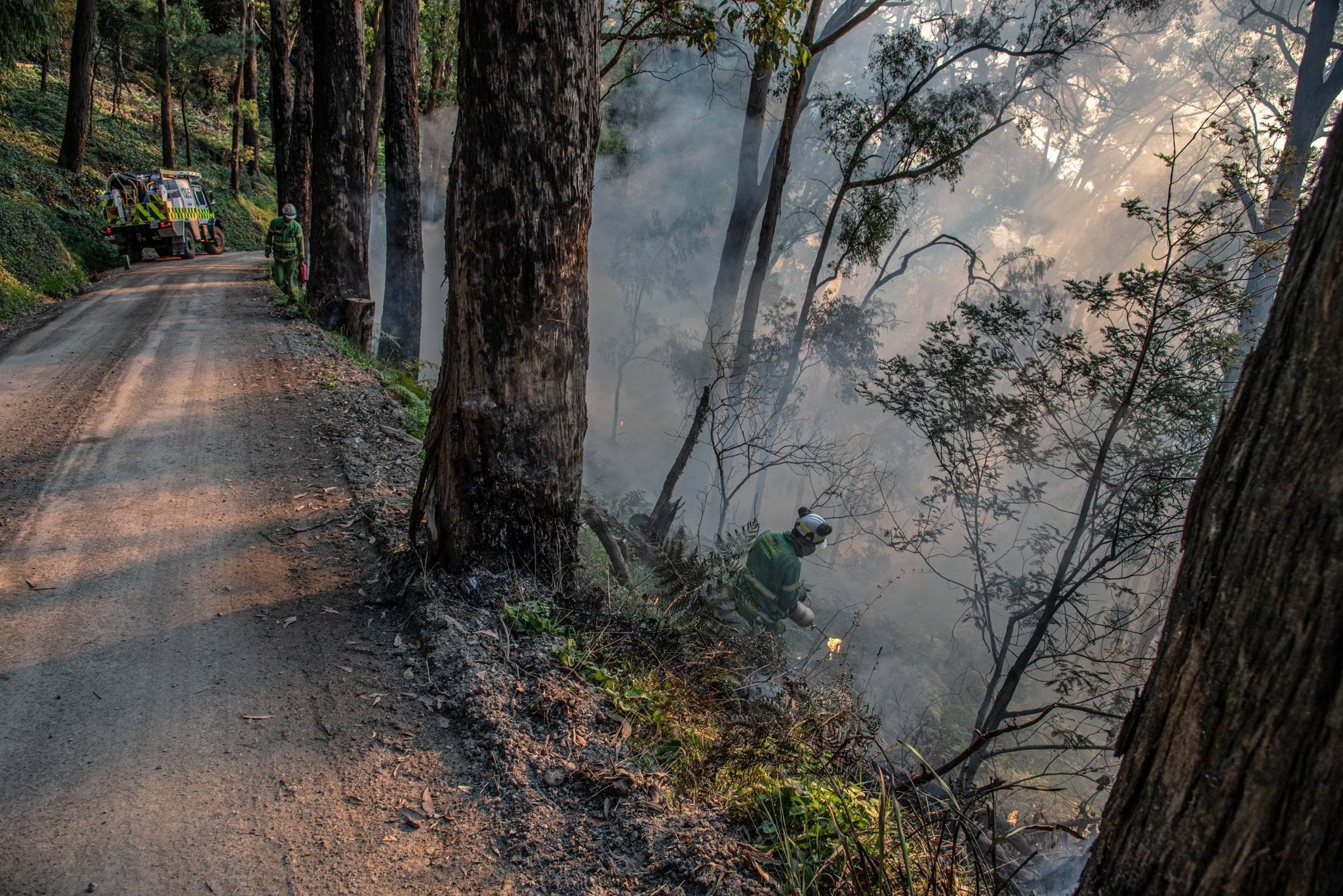Victoria’s Bushfire Monitoring, Evaluation and Reporting Framework is helping us to keep track of our progress towards achieving the outcomes of Victoria’s Bushfire Management Strategy and to identify further opportunities for continuous improvement.
The framework will:
- track our progress towards the strategy’s outcomes
- help us to make decisions and allocate resources
- learn from what we’ve already done so that we continue to do better.
From day one of strategy delivery, the sector will be able to track progress using the framework. However, the framework is also designed to be flexible. It will grow and change over time to reflect what we have learned and what new data we gather.
Download files
Why do we need a framework?
The strategy’s outcomes are long term. They represent what we are working towards over the next 10 years. The framework uses ‘intermediate outcomes’ to identify what change we should see in the short and medium term. Outcome indicators specify what is needed to direct that change.
| Strategy outcome | Intermediate outcomes |
| Communities are more resilient to the impacts of bushfires and bushfire management activities. |
|
| Business, industry and infrastructure are more resilient to the impacts of bushfires and bushfire management activities. |
|
| The sector supports and enables the self-determination of Traditional Owners and Aboriginal Victorians in land and bushfire managementb. |
|
| Fire regimes support healthy and resilient ecosystems and nature conservation in a changing climate. |
|
| Victoria uses the best available science, innovation and knowledge to support evidence-based decisions. |
|
| The sector, land managers, communities and industry work together effectively and share responsibility for managing and adapting to bushfire risk across public and private land. |
|
| Victoria is supported and equipped with the skills, equipment, capability and systems to safely and effectively manage bushfire. |
|
a. ‘Values’ includes, but is not limited to, human life and residential property, the economy, critical infrastructure, environmental and cultural values.
b. Final intermediate outcomes relating to self-determination will be developed and determined with Victoria’s Traditional Owners.
Our approach
The framework will be delivered in 2 phases. In phase 1 we will track progress towards the strategy’s outcomes. In phase 2, we will also begin to evaluate our progress. Our evaluation will focus on:
- appropriateness
- effectiveness
- efficiency
- outcomes
- lessons and opportunities.
What you can expect to see
The framework will be reported on in 2 specific ways.
- Annually to provide a snapshot of our progress against our desired outcomes
- Periodically using qualitative and quantitative data to understand how monitoring and evaluation can support the delivery of the strategy’s outcomes.
Reporting and continuous improvement are strongly linked. These processes will support the sector to adapt and improve in response to new information and evidence.
A final evaluation of the strategy will also be delivered at the end of its 10-year timeframe.
Updated
